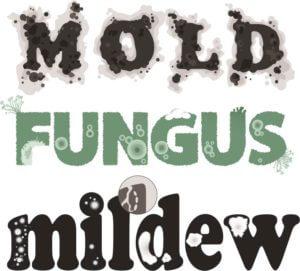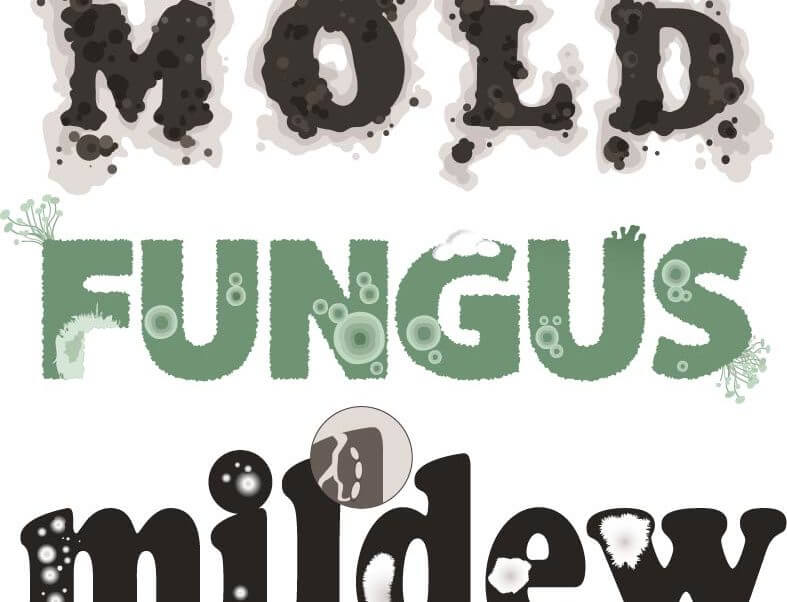Mold Growth

Mold Growth
Mold will grow in places with a lot of moisture, such as around leaks in roofs, windows, or pipes, or where there has been flooding. Mold grows well on paper products, cardboard, ceiling tiles, and wood products. Mold can also grow in dust, paints, wallpaper, insulation, drywall, carpet, fabric, and upholstery.
Inside your home you can control mold growth by:
- Controlling humidity levels;
- Promptly fixing leaky roofs, windows, and pipes;
- Thoroughly cleaning and drying after flooding;
- Ventilating shower, laundry, and cooking areas.
Top Symptoms Associated with Mold
- Fatigue and weakness.
- Headache, light sensitivity.
- Poor memory, difficult word finding.
- Difficulty concentration.
- Morning stiffness, joint pain.
- Unusual skin sensations, tingling and numbness.
- Shortness of breath, sinus congestion or chronic cough
Mold Removal
Mold growth, which often looks like spots, can be many different colors, and can smell musty. If you can see or smell mold, a health risk may be present. You do not need to know the type of mold growing in your home, and it is recommended to NOT perform sampling for molds. No matter what type of mold is present, you should remove it. Since the effect of mold on people can vary greatly, either because of the amount or type of mold, you can not rely on sampling due to serious health risks. The best practice is to remove the mold and work to prevent future growth.
If you choose to use bleach to clean up mold:
- Never mix bleach with ammonia or other household cleaners. Mixing bleach with ammonia or other cleaning products will produce dangerous, toxic fumes.
- DO NOT RINSE wipe off surfaces
- Open windows and doors to provide fresh air.
- Wear non-porous gloves and protective eye wear.
- Always follow the manufacturer’s instructions when using bleach or any other cleaning product.
Other products that can be used to remove mold:
- borax
- vinegar
- ammonia
- mold removal products
- hydrogen peroxide
- detergent & water
- baking soda
- tea tree oil
